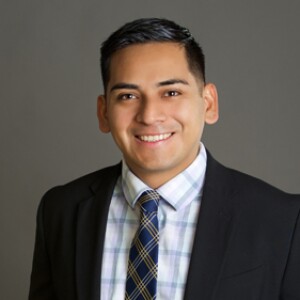BOISE, Idaho — On Tuesday, The Boise Police Department stepped up their efforts ahead of the Central District Health meeting after last week's gathering was canceled due to safety concerns and amid protests.
Boise Police took an additional step to protect its officers by wearing their badge numbers instead of their names.
"It is very easy for somebody to take an officer's name, especially if they have an unusual name and find that information from that officer and often times find their home addresses and family members name," Boise Police Deputy Chief Ron Winegar said. "We are doing our best to prevent our officers from being harassed, bullied, or what is called doxxed."
Boise Police recognize the number of protests happening locally and nationally could pose a threat to police officers.
"It is coming here, specific threats to officers and officer's families who are involved in protests activities," Winegar said.
A spokesperson with BPD said the change was specific to the CDH meeting, and officers are back to wearing their name tags. But if a person did have an issue or question about an officer at the event, BPD said it can identify its officers by their badge numbers.
"They just need to get that number, and we can find that who that is," Winegar said.
Wendy Olson, a partner with Stoel Rives, a litigation law firm in Boise, said there is a reason for officers to identify themselves.
"It's the same thing in the federal agency by agency, or the government itself can require how officers have to identify themselves," Olson said. "Best practice, at least based on the Department of Justice Civil Rights Division, officers should identify themselves by name, badge number, and station for accountability and transparency reasons."
On Wednesday, BPD also took to social media and provided more insight into why some of their officers were station on rooftops during CDH meeting.
Thank you to everyone who reached out to us with questions about our response to the protest at CDH last night. Specifically many of the questions we received were about officers on nearby rooftops & people with firearms in the crowd. https://t.co/CXIleipPR4 via @FacebookWatch
— Boise PD (@BoisePD) December 16, 2020
"BPD did have trained personal on rooftops observing for any potential threats to members of the crowd as well as any potential flashpoints that may arise from any source," Winegar said.
Winegar explained that officers' firearms were not pointing at anyone and not visible. Another concern was about people in the crowds holding guns.
"It becomes illegal if someone uses that firearm to directly threaten or harm someone, at which point we would certainly take appropriate action to protect all who are there, including the protesters, families, children, and officers present," Winegar said.




